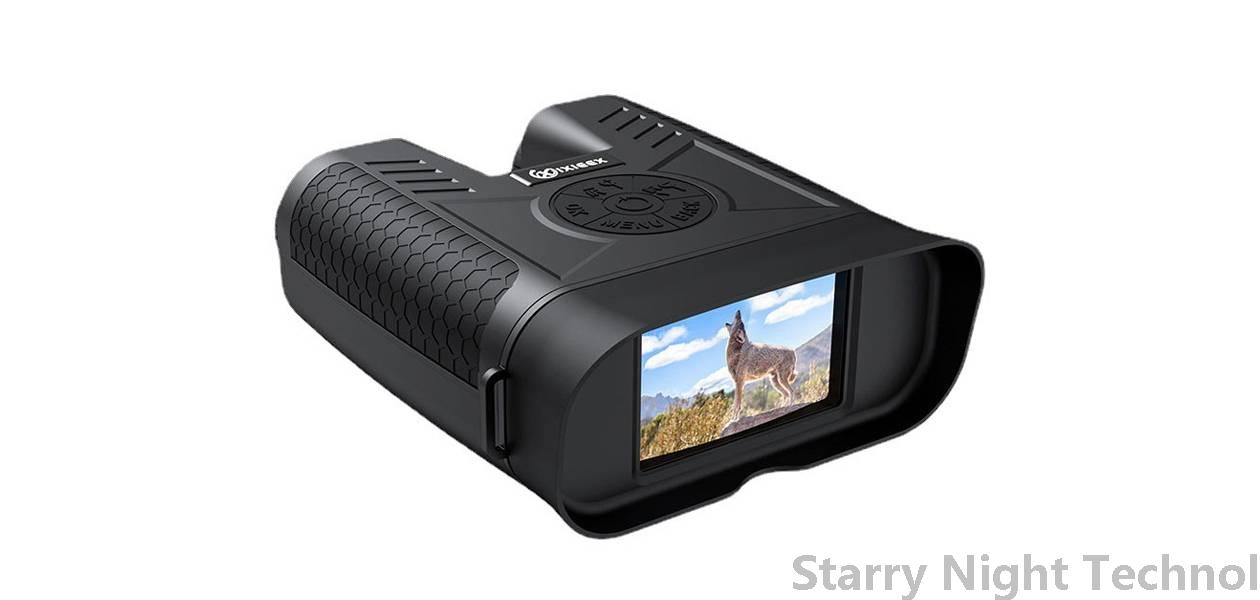Revolutionary Night Vision Devices for Military Engagements
1763362913000

In the ever-evolving landscape of modern warfare, technology plays a crucial role in maintaining a strategic edge over the adversary. One such technological advancement that has significantly changed military engagements is night vision technology. Originally developed during World War II, these devices have undergone transformative changes and improvements since then, leading to revolutionary advancements in nighttime operations, targeting capabilities, and overall battlefield effectiveness.
### Understanding Night Vision Technology
Night vision technology amplifies available light—be it from the moon, stars, or artificial sources—to create a visible image in low-light conditions. The two primary types include Image Intensification (I2) and Thermal Imaging (TI).
- **Image Intensification (I2):** This traditional form utilizes an array of components including lenses, photoelectronic tubes, and gain stages to amplify ambient light. It creates green-hued images that provide depth perception and target identification. The latest I2 systems boast improved resolution and sensitivity, enabling effective use in extreme darkness or gloomy environments.
- **Thermal Imaging (TI):** TI detects infrared radiation emitted by all objects based on their heat signature rather than relying on light. This allows operators to spot hidden threats—even through obstructions like smoke, fog, or foliage—by differentiating between temperature variations. Modern thermal scopes provide unparalleled clarity and magnification at range, enhancing situational awareness drastically during both offensive and defensive military engagements.
### Evolution of Night Vision Devices
Historically, early models of night vision were bulky and limited in performance. However, rapid advances in optics and materials science have led to the creation of compact, lightweight devices. Some recent milestones in this evolution include:
1. **Integration with Digital Technologies:** Recent generations of night vision gear incorporate digital enhancements that allow users to digitize their environment, overlay information like maps, and record footage directly. These features vastly improve operational planning and decision-making in real-time combat scenarios.
2. **Fusion Systems:** By integrating both image intensification and thermal imaging technologies into hybrid systems, soldiers can rely on comprehensive visual data. Fusion devices adjust automatically depending on environmental conditions, minimizing manual adjustments for operators under stress.
3. **Augmented Reality (AR):** As augmented reality continues embedding itself in various sectors, AR integrations into night vision devices offer potential enhancements like contextual overlays, tactical updates, threat assessments, and navigation aids—all within the user's field of view. This helps ensure informed command decisions while navigating complex battlefields.
 5. **Enhanced Resolution and Range:** Cutting-edge night vision devices currently possess increased levels of image resolution, allowing clearer night viewing. High-performance lenses formed from specialized glass deliver better optical clarity, contributing to definition even at greater distances.
5. **Enhanced Resolution and Range:** Cutting-edge night vision devices currently possess increased levels of image resolution, allowing clearer night viewing. High-performance lenses formed from specialized glass deliver better optical clarity, contributing to definition even at greater distances.6. **Lightweight Design:** With expediency being paramount on the battlefield, modern designs focus on weight reduction without compromising durability or functionality. Many advanced devices weigh less than previous generations, facilitating ease of movement and wear for personnel.
### The Impact on Military Engagements
The integration of revolutionary night vision devices into military practices provides numerous advantages:
- **Tactical Superiority:** Enhanced visibility under the cover of darkness enables units to conduct reconnaissance, ambushes, and evasive maneuvers undetected. Nighttime operations become feasible and sometimes preferred, altering enemy behavior due to the uncertainty and risks involved.
- **Force Protection:** Improved situational awareness enhances force protection measures against threats arising from concealed enemies. Soldiers’ ability to see more terrain allows them to identify vulnerabilities quickly and react accordingly.
- **Reduced Collateral Damage:** With pinpoint accurate targeting enabled through high-resolution devices, conflicts conducted in low-light conditions can minimize unintended civilian casualties and collateral damage, supporting contemporary military ethics focused on protecting non-combatants.
- **Humanitarian Operations:** Beyond direct combat efficacy, enhanced night vision facilitates humanitarian assistance and disaster response operations. Rescuers can navigate through dark and hazardous environments safely, improving chances of saving lives when time and visibility are of utmost importance.
### Future Prospects
As we look toward the future, continued research and development promise further refinements in night vision technology. Innovations may include the miniaturization of sensors, AI-powered analytics within devices for predictive modeling, and robust cybersecurity against electronic interference. Nations worldwide must stay vigilant in advancing their night vision capacities as geopolitical landscapes shift and unconventional warfare becomes increasingly prevalent.
In conclusion, revolutionary night vision devices are pivotal in transforming military engagements. As they continue evolving, they redefine the rules of engagement at night, offering unprecedented advantages in protection, strategy, and execution. Acknowledging the significance of innovative technologies ensures that armed forces across the globe remain adaptable against varying challenges presenting themselves in modern theaters of war, thus securing peace and stability for nations everywhere.
What should be selected for night vision devicesStarry Night Technol

